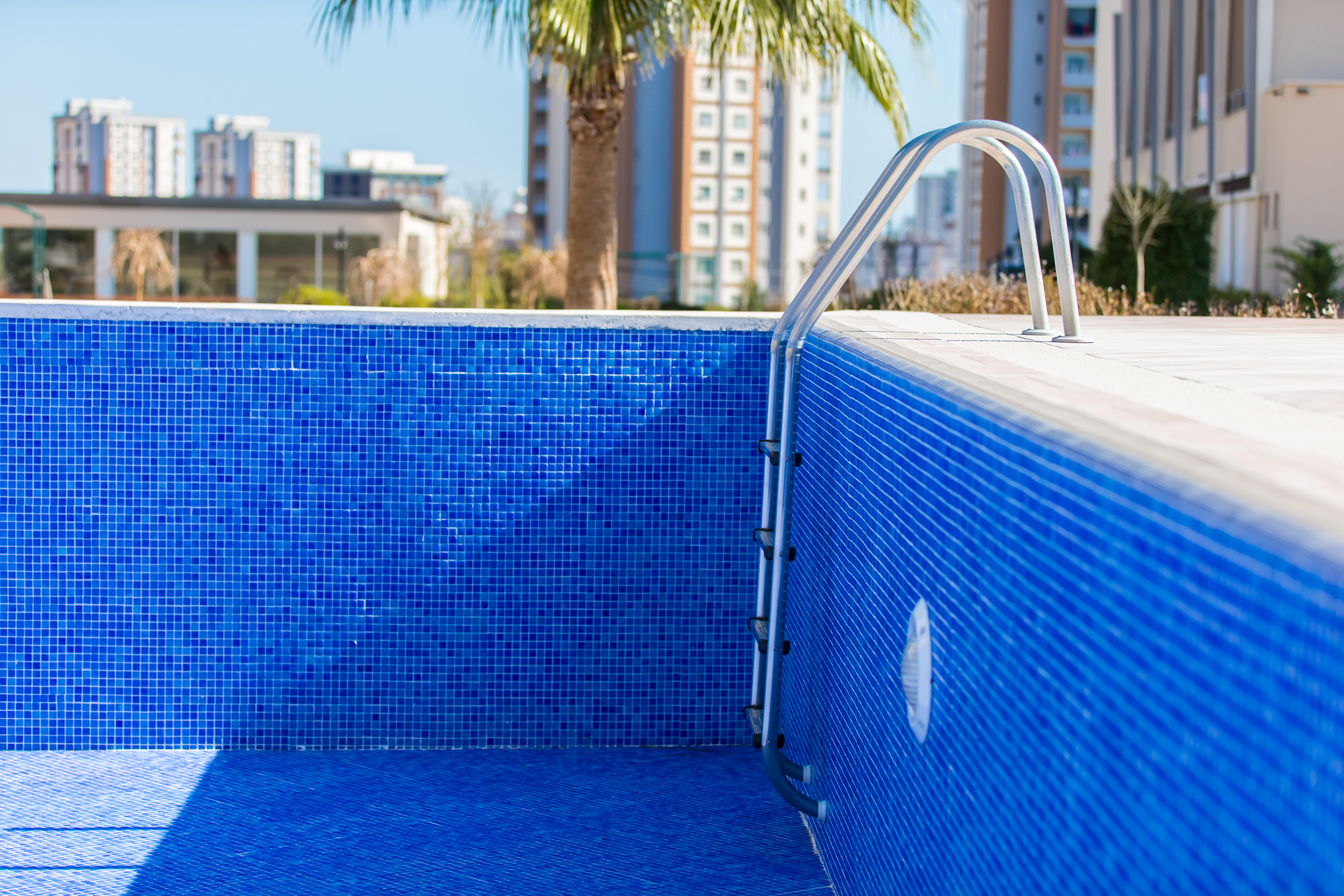In April 2022, Marin County placed tight restrictions on refilling completely drained swimming pools and the initial filling of any swimming pool for which a building permit application was made after December 1, 2021. The goal of the mandatory restrictions is to achieve a 40 percent reduction in water use district-wide to combat the ongoing drought plaguing California.
While water conservation is vital to combatting the drought, water use restrictions on filling new swimming pools and hot tubs will not achieve any significant water savings. More importantly, empty pools pose a substantial threat to both property and public health.
Damages
Pools are designed to hold water; without the weight of the water pressure keeping them in place, they’re at risk of significant damage, including “pop out” or collapse. Empty pools can compromise structural integrity, damage walls, floor or liner, and even impact surrounding decking. Additionally, pools left exposed to long periods under hot sun are likely to dry out, leading to cracks and flaking.
If a pool is empty for too long additional damages can include:
- Cracks
- Leaks
- Foundation damage
- Damage to the pool’s accessories (lights, heating, and pumps)
- Damage to the surrounding area
Health Risks
In addition to property damage, unfilled pools can also pose major health threats. Empty pools can result in standing water as a result of normal precipitation, which is a breeding ground for mosquitoes carrying West Nile Virus and other diseases. Any water that stands for a minimum of seven days around a home is designated as “standing water.” Many locations around a property can hold water that can become stagnant and breed mosquitoes, including trash cans, birdbaths, aquariums, hot tubs, wading pools and swimming pools. Due to the size of a pool, however, it’s difficult for a homeowner to prevent stagnant water from collecting in the bottom of an empty pool.
The largest risk for pool owners is “green” pools, which have abundant organic matter or bacterial growth, often with leaves or other debris, resulting in green to blackish-colored water. Particularly during the summer months, mosquitos commonly will lay eggs in green pools, and within 10 days, these eggs can develop into disease-carrying adults. Often, green pools result from poor maintenance or the lack of filtration and chemicals. According to the CDC, well-maintained pools and hot tubs will not provide ideal environments for mosquitoes for two significant reasons: sanitization and filtration. Proper use of EPA-registered sanitizers can prevent microorganisms from increasing in pools or hot tubs.
An additional health risk of empty pools is the potential injuries resulting from falls. Pool owners should take the necessary safety precautions such as fences or pool covers to reduce injury risk.
Tips for Pool Owners
Luckily for pool owners, there are proactive measures that can reduce the need for draining as well as help keep pools clean and safe:
- Cover up. A properly maintained hot tub or pool cover is an important safety element and can also significantly reduce evaporation and water waste to a negligible amount. For maximum effectiveness, replace covers every three years.
- Maintain your hot tub. Proper maintenance will greatly increase the time between draining and refilling. Cleaning filters regularly according to the manufacturer’s directions will extend hot tub cleanliness.
- Maintain your pool and pool filtration systems. Use an automatic pool cleaner to maintain pool water. Some pool cleaners do not send debris through the filtration system, helping to reduce the need to backwash. Proper maintenance of pool water minimizes the frequency of backwashing. Replace your aging sand or DE filtering system with a cartridge filter that does not require backwashing and saves water.
- If it’s clean, don’t drain. Drain hot tubs and pools only when you have a water quality problem. Water only needs to be changed in a hot tub 2-3 times a year if maintained properly. Pools only need to be drained if repairs require it.
For pool owners waiting on refilling or construction, be sure to arm yourself with the facts surrounding water use in swimming pools and contact your local water agencies to fight for fair water practices in your community.

